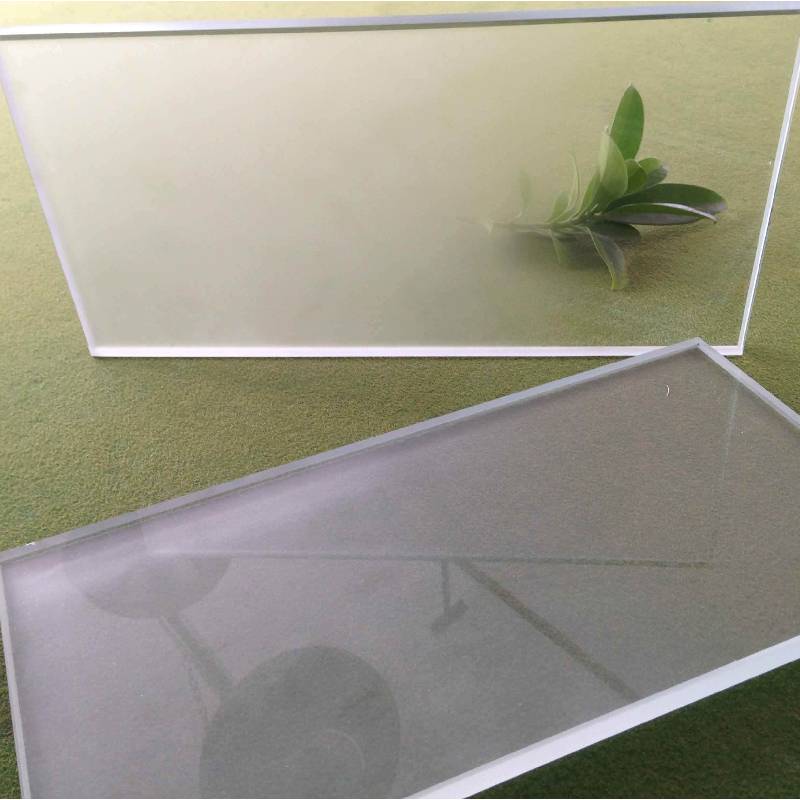

The Impact of Low-E Glass Technology on Energy Efficiency in Building Designs
In recent years, the construction industry has witnessed a significant shift towards energy-efficient materials, with low-emissivity (low-E) glass emerging as a leading technology that effectively enhances building performance. The development of low-E glass factories has played a pivotal role in this movement, facilitating the production of advanced glazing solutions that contribute to sustainable architecture. Understanding the benefits and capabilities of low-E glass is essential for architects, builders, and homeowners looking to minimize energy consumption while maximizing comfort.
The Impact of Low-E Glass Technology on Energy Efficiency in Building Designs
One of the primary advantages of low-E glass is its ability to enhance indoor comfort. By regulating the temperature within a building, occupants can maintain a consistent and pleasant environment throughout the year. This is particularly beneficial in regions with extreme temperature fluctuations, where maintaining comfort can be a challenge. Furthermore, the reduction in glare and harmful UV rays makes low-E glass an excellent choice for homes and commercial spaces, ensuring the protection of furnishings and valuable artwork from sun damage.

From an environmental perspective, the adoption of low-E glass contributes to the reduction of carbon footprints associated with energy consumption. Buildings are responsible for a significant portion of global energy usage and greenhouse gas emissions. By incorporating low-E glass into their designs, architects and builders can enhance energy efficiency, thereby mitigating the impact on the environment. Additionally, many low-E glass products are made from recyclable materials, further promoting sustainability.
The growth of low-E glass factories has also accelerated advancements in manufacturing processes and technology. These facilities are equipped with state-of-the-art machinery that allows for precision coating applications, ensuring consistent quality in glass production. As demand for energy-efficient building materials continues to rise, low-E glass factories play a crucial role in meeting this need by producing high-performance products that adhere to stringent industry standards.
Moreover, the integration of low-E glass into building designs aligns with various green building certifications, such as LEED (Leadership in Energy and Environmental Design). Projects that utilize low-E glass often qualify for credits under these systems, providing additional incentives for builders and owners to invest in energy-efficient solutions. The long-term benefits of reduced operational costs and improved property value make low-E glass a wise investment for both residential and commercial projects.
In conclusion, low-E glass technology is revolutionizing building design by enhancing energy efficiency, improving indoor comfort, and promoting environmental sustainability. The proliferation of low-E glass factories has enabled the widespread availability of this innovative glazing solution, making it a valuable option for modern construction. As the industry continues to evolve, the importance of low-E glass will only grow, supporting the global shift towards greener, more sustainable living environments. Embracing this technology is not only a choice for today but also an essential step toward a more energy-conscious future.